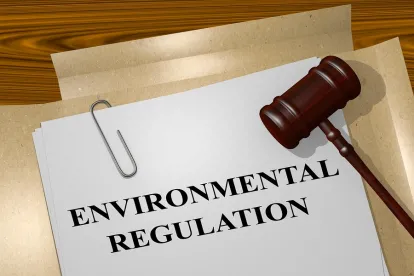Our prior articles have focused on state and federal regulatory action with respect to cancer and Ethylene Oxide (EtO) emissions. Yet, private litigation in the tort system involving allegations of cancer development from exposure to EtO is a topic that also can not be ignored. In particular, pending EtO litigation in Pennsylvania, in which 35 plaintiffs are suing B. Braun alleging that its Allentown facility has caused local residents to develop cancer from the facilities’ emissions of EtO used to sterilize medical equipment, is noteworthy. Proactive measures are the name of the game if companies are to avoid litigation, whether in the form of regulatory mandates or private tort litigation.
EtO Litigation and B. Braun
B. Braun Medical is a medical and pharmaceutical device company with a U.S. facility in Pennsylvania. Although the B. Braun facility did install filters in 2020 in order to reduce EtO emissions by 99%, nearly three dozen plaintiffs filed a lawsuit alleging that the remedial measure should have been taken sooner, and that it was too little too late to prevent their cancers. Plaintiffs must prove medical causation, which may be difficult. Unlike in asbestos cases where defendants almost always concede that mesothelioma was caused by asbestos exposure, the medical causation aspect of EtO exposure cases will surely be hotly contested.
Although the B. Braun cases involve a private tort action brought by a Pennsylvania plaintiff firm, the lawsuits also indirectly involve the EPA and the Pennsylvania Department of Environmental Protection in that there are accusations that these agencies did not notify local residents of the increased cancer risk despite directives to do so. Local media reports that in 2020, the EPA issued a management alert calling for prompt action to warn local residents of potential increased cancer risks from EtO emissions from the B. Braun facility, but did not actually do so. Nationally, the EPA has committed to increased monitoring for EtO near sites that emit the gas. It is also contemplating measures later this year to limit EtO in the context of commercial sterilizers, including a revision of the rules for hospital sterilizers in 2023.
Given the increasing attention being paid to EtO emissions by both governmental regulatory agencies and private law firms, we again emphasize the need to reduce the risk of litigation and regulation. Best practices and risk management for EtO emissions include permit compliance, reduction or elimination in EtO use, and siting of facilities as a buffer with respect to the surrounding community.




 />i
/>i
